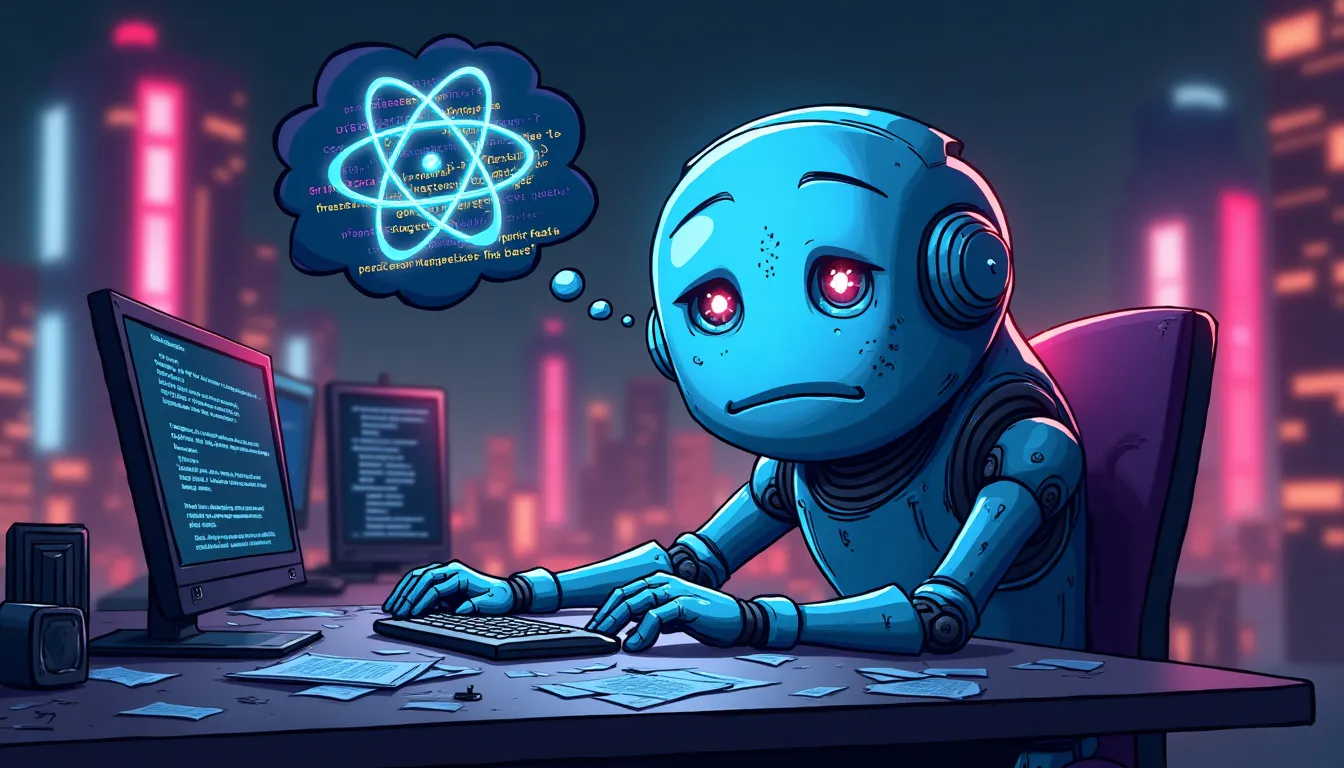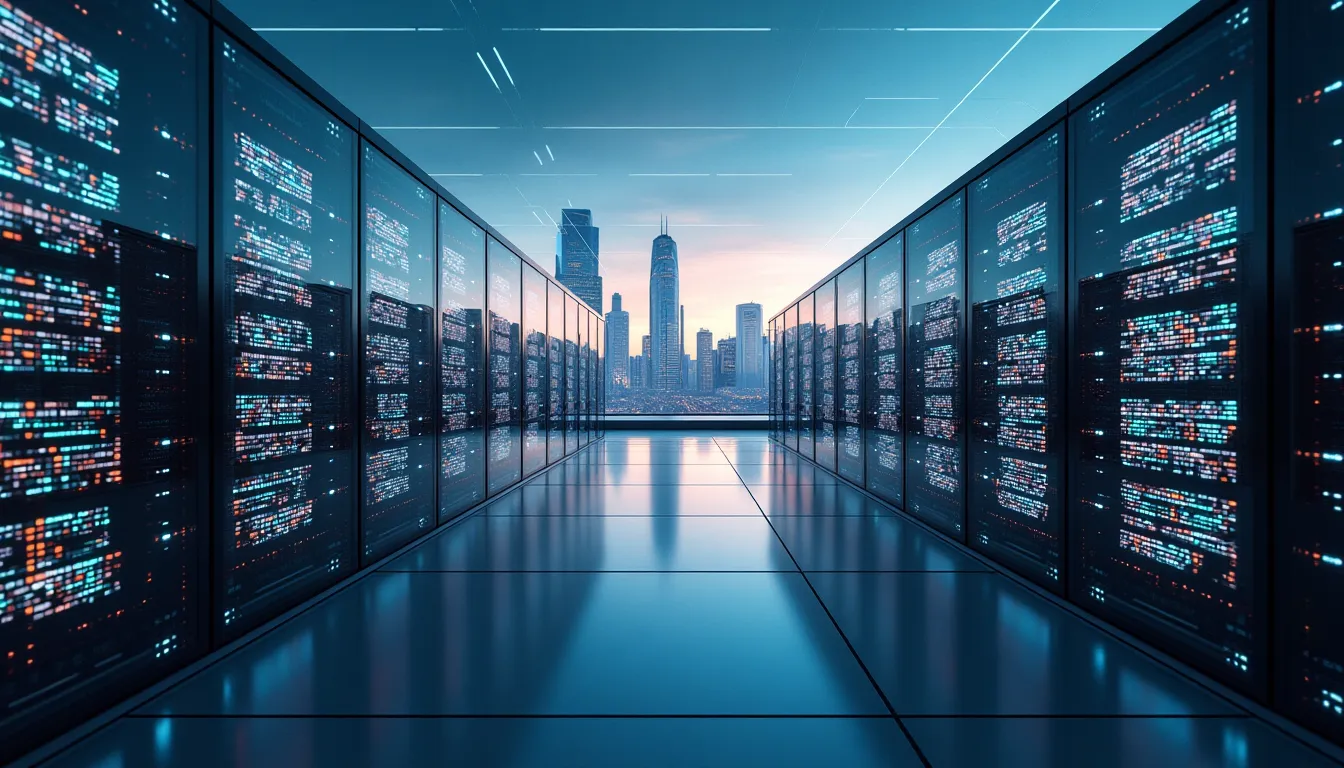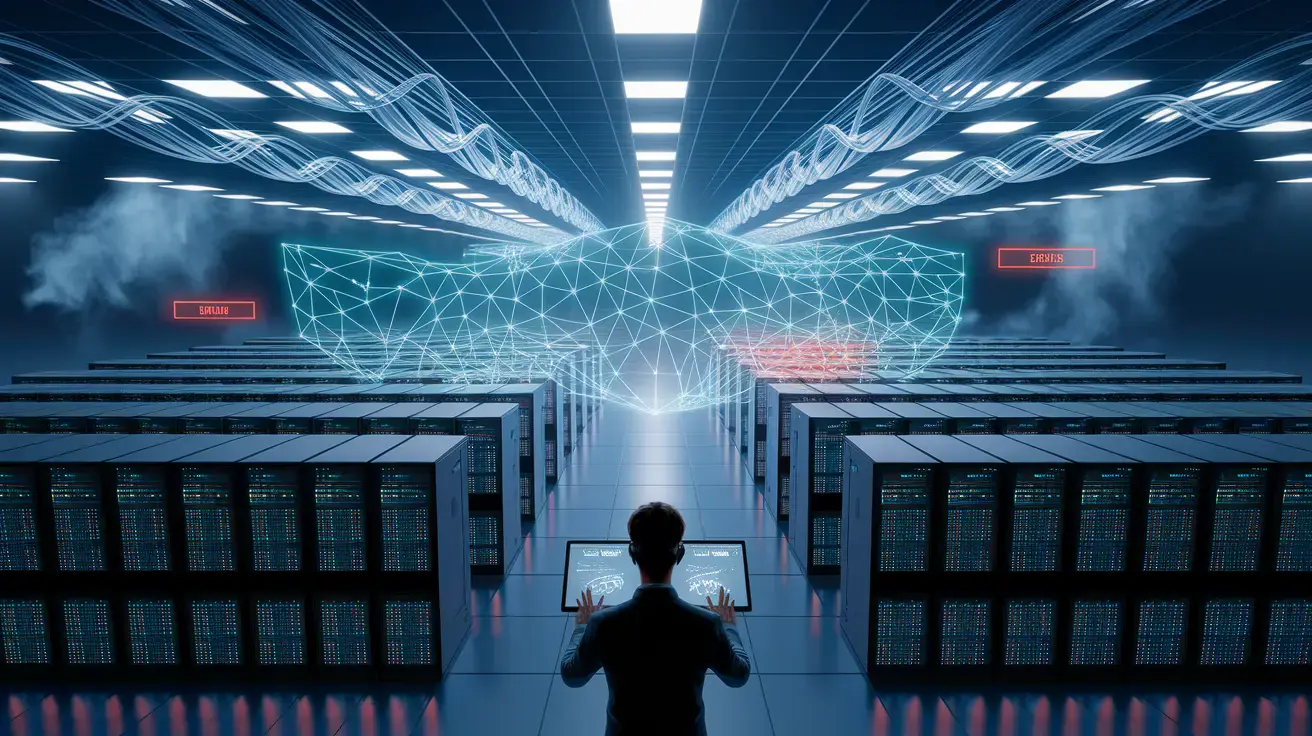
Google introduced CodeWiki
The entire open-source world is now in your hands! Oh my god — what an exaggerated title, right? Actually, no. It isn’t. This became real thanks to Google. On November 13, 2025, Google unveiled CodeWiki. What does that mean? It means every open-source repository has been processed by Google Gemini and fully documented. Some of the most popular repositories even include video summaries generated through Google NotebookLM. You can try it yourself: https://codewiki.google ...










